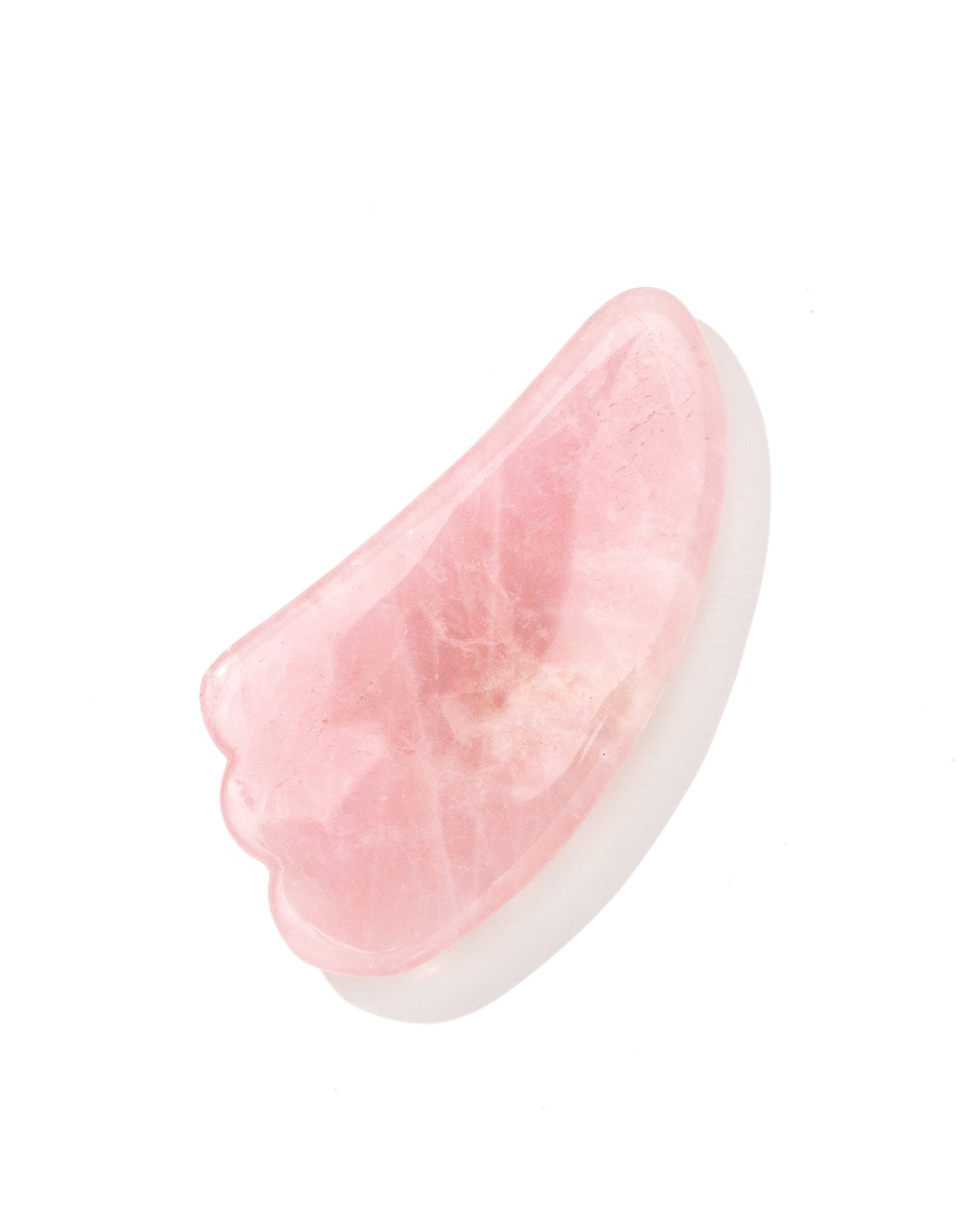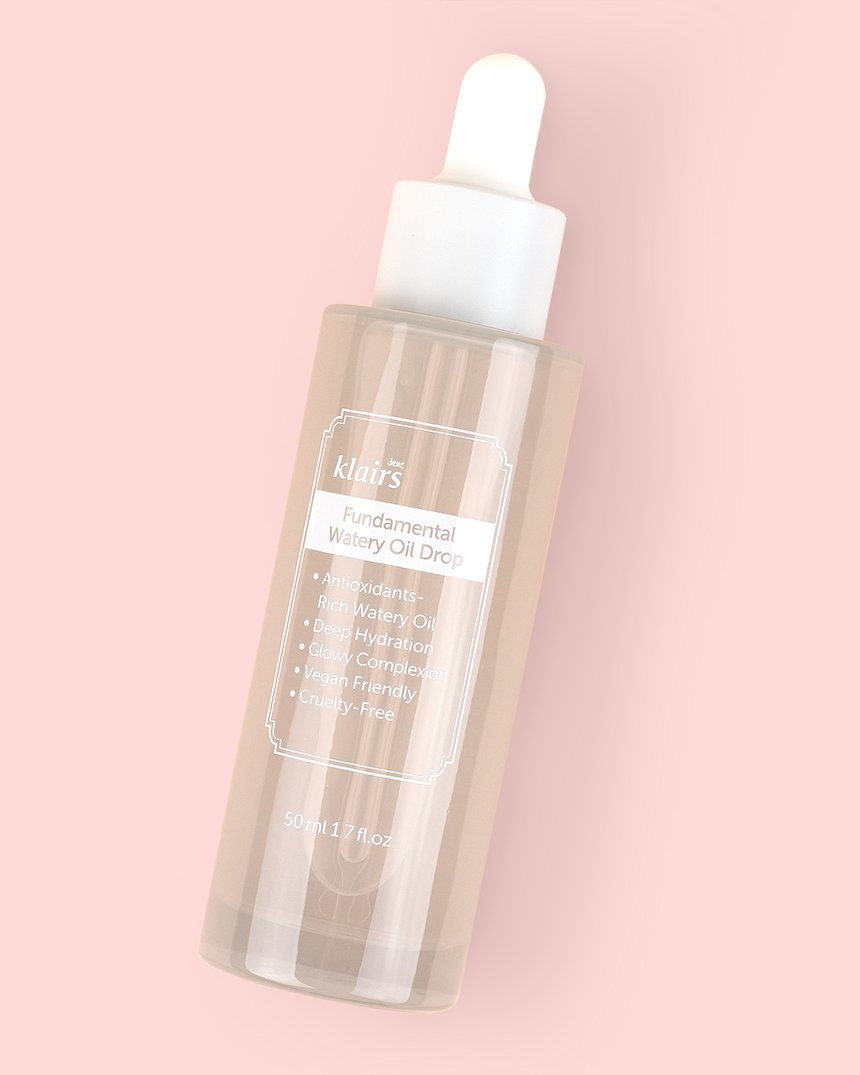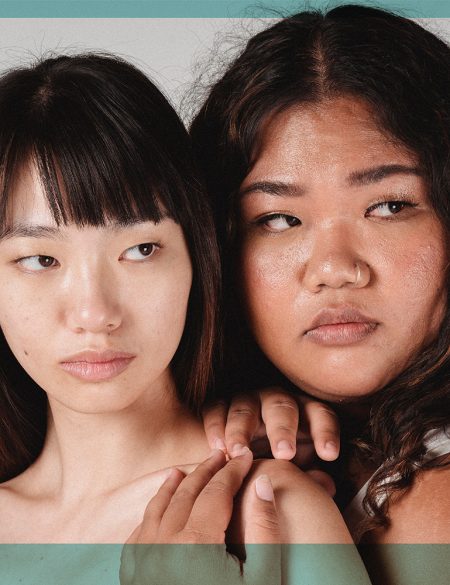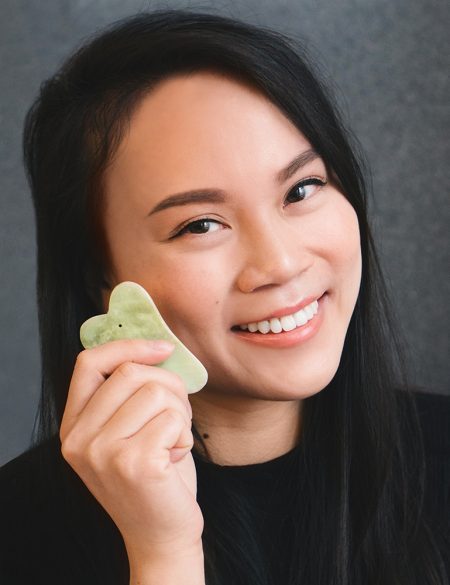Lizzo is never wrong.
In March, when Lizzo posted a TikTok of her trying out “nature’s cereal” — a concoction of fresh fruit, coconut water, and ice cubes – she started a revolution of “nature’s cereal” fanatics who praised the medley of tropical and fruity flavors.
“I’m addicted, y’all. It’s really so good,” she crooned to the camera.
Moral of the story? Trust Lizzo.
Her most recent obsession is gua sha, a facial massaging technique that dates back to ancient Chinese healing traditions. Though it’s been around for centuries, the practice is gaining popularity on TikTok because of its alleged life-changing results which have been likened to a bout of “free botox.” Under the #guasha hashtag, which has 374.3 million total views, hundreds of users offer dramatic before-and-after transformations with clearer skin, sharper jawlines, and more symmetric faces.
Like other TikTok beauty trends, personal testimonies of gua sha offer promising but clickbait-y results. One TikTok posted by influencer Lena Maiah claims that gua sha “keeps hormonal acne at bay, wakes up the lymphatic system, releases tension, [and] lightens dark circles.” Many other TikToks brag about the anti-inflammatory nature of gua sha, with jawlines significantly more sculpted immediately after massaging.
As a Taiwanese-American, I’ve grown up surrounded by the conflicting ideals of Eastern medicine and Western medicine. On one hand, gua sha’s instant virality is rooted in centuries of acupuncture tradition, and its restorative effects are backed up by hundreds of TikTokers. On the other hand, these same testimonies have also sparked controversy among skeptical dermatologists that point to the lack of research surrounding gua sha.
So who’s right? Let’s investigate.
Gua sha: To Scrape Sand
In the most literal sense, gua sha translates into “to scrape sand,” referring to the pattern of speckled bruising on the skin after treatment. Traditionally, gua sha is performed on the body to the point of mottled bruising. It’s said to promote qi — the flow of our body’s energy — by dispersing “stagnant blood and energy, facilitating the free flow of qi throughout the body.”
More recently, gua sha has been adopted into Western beauty practices as American estheticians and acupuncturists incorporate it into their facials. Celebrity esthetician Biba de Sousa blends Eastern European facial techniques with gua sha, prepping the skin with a peptide serum before gently using a rose quartz scraper to rejuvenate the skin. Now, because of word-of-mouth marketing on TikTok, at-home gua sha practices are gaining popularity.
Research suggests that traditional gua sha performed on the body can increase surface circulation of blood by 400%, reduce inflammation, and help treat hepatitis B. However, less research has been conducted on facial gua sha, which remains a relatively new practice. Facial gua sha is known to stimulate circulation and promote lymphatic drainage, which may awaken tired skin, aid immune function, and reduce inflammation. However, there is no conclusive research that confirms some of the claims made in viral TikToks, from nose reshaping to acne.
Tried and Tested
Enamored by the benefits of gua sha, I decided to test it out. Over the course of a week, I used Herbivore’s Rose Quartz Teardrop Gua Sha daily, making sure to look on TikTok for any gua sha application tips.
At first, gua sha was more difficult than I had expected it to be: the tool can be used at so many different angles and positions on the face, which made it difficult to remember my exact routine. Over the next few days, though, I got the hang of it: once I effectively lubricated my skin with a serum, the gua sha slickly glided over my skin, and I was able to apply the right amount of pressure to the right areas of my face.
As I became accustomed to gua sha, I began to find myself thoroughly enjoying not just the results, but the process; it’s a deeply therapeutic process of self-care that forces you to focus on your mind-body connection. Taking ten minutes out of my morning routine to indulge myself in gua sha — and only gua sha — was the most enjoyable part of it.
Results were almost immediate— in the pictures below, taken two hours apart, my jawline is noticeably more defined and my cheekbones are slightly more chiseled in the after photo on the right. However, aside from that, I didn’t notice much else: my eye bags weren’t any less puffy and my skin wasn’t brighter or glowier.
After a week of doing gua sha, the results remained mostly the same. There wasn’t much of a difference aside from my jawline, which was still significantly more chiseled than before.
Was Lizzo right?
Though I wouldn’t say the results are as dramatic as some TikToks make them out to be, I’m not entirely skeptical of gua sha, and will definitely have to try it out for a longer period of time. In my before-and-after pictures, I’m still struck by the difference in my jawline definition— a small change, but nevertheless, a big step forward in my confidence.
Linking together the science behind gua sha with my personal testimony, it seems that gua sha does, indeed, have anti-inflammatory properties that help reduce swelling. However, some of the more click-baity claims— that gua sha will give me an instant nose job, for example — seem to be less consistent among gua sha transformations.
Nevertheless, I’m excited by the growing presence of Asian beauty traditions in Western society. By incorporating gua sha into my daily routine, I’ve come to appreciate it as more than just a tool; rather, I’ve come to see gua sha as an almost ceremonial process.
So maybe I’m not as addicted to gua sha as Lizzo was to her nature’s cereal. But the results seem somewhat promising— given the research that backs it up, and my own personal experience with gua sha, I won’t be surprised if I look like “Handsome Squidward” in a few weeks.









